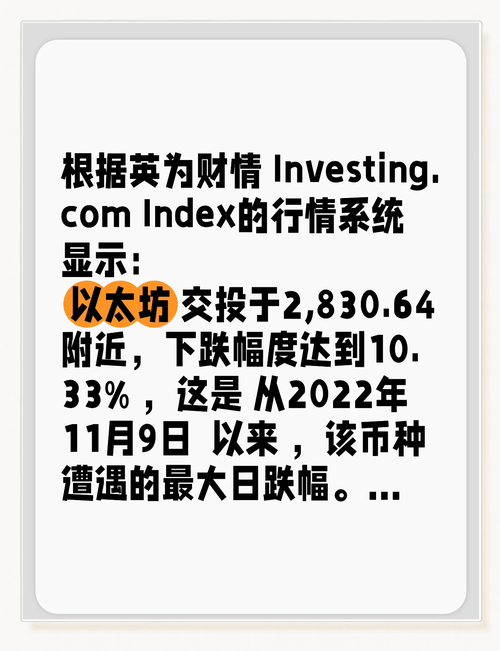Best Whatsminer Deals for Crypto Enthusiasts and Bitcoin Mining
The digital gold rush is on, and for crypto enthusiasts, the pickaxes of choice are increasingly sophisticated mining machines. Forget dusty pans and riverbeds; today’s miners wield ASICs (Application-Specific Integrated Circuits) like the Whatsminer, chasing the elusive Bitcoin and other cryptocurrencies in the digital frontier. But navigating the labyrinthine world of mining hardware can be daunting. Where do you find the best Whatsminer deals to maximize your ROI and minimize your initial investment?
Bitcoin, the granddaddy of cryptocurrencies, remains the primary target for many miners. Its established network, proven scarcity, and enduring value proposition make it a relatively stable, albeit volatile, investment. Mining Bitcoin, however, demands significant computational power, making energy efficiency and hash rate critical considerations when choosing a Whatsminer. The “best” deal isn’t always the cheapest; it’s the one that offers the optimal balance of price, performance, and power consumption.
Beyond Bitcoin, a diverse ecosystem of cryptocurrencies beckons. Ethereum, with its smart contract capabilities, has traditionally been mined using GPUs (Graphics Processing Units). However, the transition to Proof-of-Stake (PoS) has altered the mining landscape for ETH, leaving GPU miners searching for alternative coins. Dogecoin, initially conceived as a meme, has gained surprising traction, fueled by online communities and celebrity endorsements. While Dogecoin mining isn’t as profitable as Bitcoin mining, it offers a lower barrier to entry and can be a gateway for newcomers to learn the ropes of crypto mining.

Securing the best Whatsminer deal involves more than just scouring online marketplaces. Understanding the technical specifications of different models is paramount. Hash rate (measured in terahashes per second, or TH/s) determines how quickly the machine can solve cryptographic puzzles and earn rewards. Power consumption (measured in watts) dictates the electricity costs associated with running the miner. Efficiency (measured in joules per terahash, or J/TH) reflects the machine’s ability to generate hash rate per unit of power consumed. A lower J/TH indicates a more energy-efficient miner, which translates to lower operating costs and higher profitability.
Mining machine hosting services offer a convenient alternative to setting up and managing your own mining operation. These facilities provide the necessary infrastructure, including cooling, power, and internet connectivity, to run your Whatsminer at optimal performance. Hosting can be particularly appealing for individuals who lack the technical expertise or physical space to manage their own mining rigs. However, hosting fees can eat into your profits, so it’s essential to carefully evaluate the costs and benefits before making a decision. Look for reputable hosting providers with transparent pricing, robust security measures, and reliable uptime.
The fluctuating price of Bitcoin and other cryptocurrencies adds another layer of complexity to the mining equation. Mining profitability is directly tied to the value of the coins you’re mining. A sudden price drop can render even the most efficient Whatsminer unprofitable, while a surge in value can lead to windfall profits. Therefore, it’s crucial to conduct thorough research and understand the risks involved before investing in mining hardware. Diversifying your mining portfolio by mining multiple cryptocurrencies can help mitigate risk and increase your overall profitability.
Beyond the machines themselves, the broader ecosystem of crypto exchanges plays a vital role. Exchanges are where miners convert their earned cryptocurrencies into fiat currency (e.g., USD, EUR) or trade them for other cryptocurrencies. Choosing a reputable exchange with low fees, high liquidity, and robust security measures is essential for maximizing your returns. Different exchanges may offer varying prices for different cryptocurrencies, so it’s wise to compare prices before making any trades.
Finding the best Whatsminer deals requires a combination of technical knowledge, market awareness, and due diligence. Researching different models, comparing prices from various vendors, and understanding the risks and rewards of crypto mining are all crucial steps in the process. Whether you’re a seasoned miner or a curious newcomer, the world of crypto mining offers both opportunities and challenges. By making informed decisions and staying abreast of the latest trends, you can increase your chances of success in this exciting and rapidly evolving landscape.

Ultimately, the best Whatsminer deal is the one that aligns with your individual goals, risk tolerance, and investment strategy. There’s no one-size-fits-all answer. Thorough research, careful planning, and a realistic understanding of the cryptocurrency market are essential for navigating the digital gold rush and making informed decisions that will help you thrive in the world of Bitcoin mining and beyond.



















